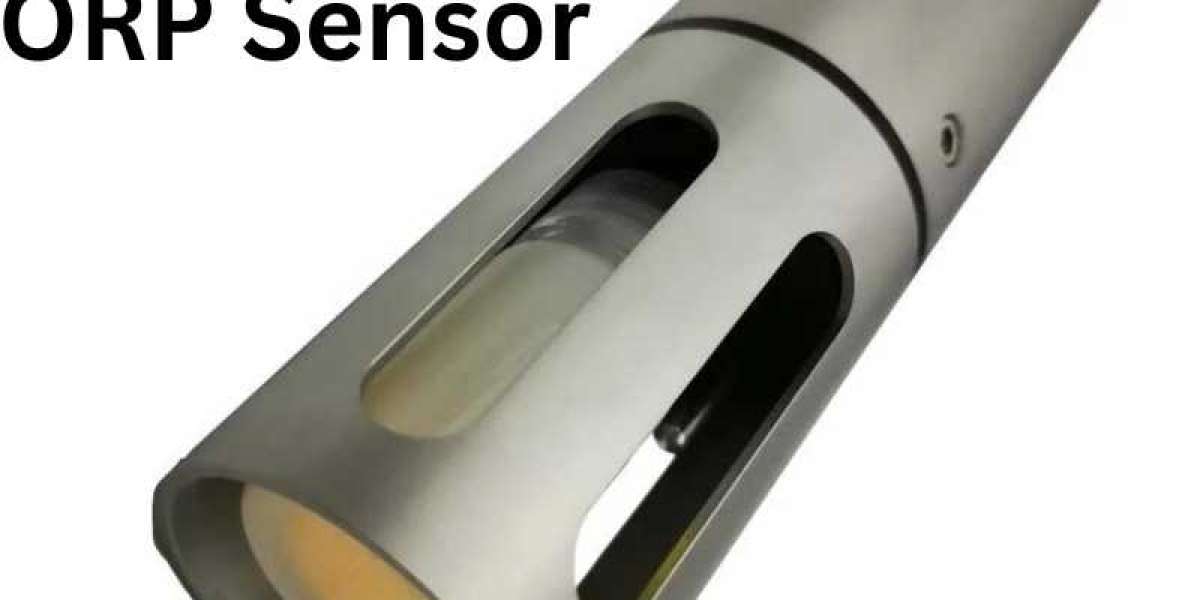What is an ORP Sensor?
An ORP sensor measures the oxidation-reduction potential of a solution, which is a reflection of its ability to gain or lose electrons. This measurement, expressed in millivolts (mV), indicates the water’s overall chemical reactivity and is crucial for determining the effectiveness of disinfectants like chlorine or ozone.
How ORP Sensors Work
ORP sensors consist of two electrodes: a reference electrode and a measuring electrode. The reference electrode remains stable, while the measuring electrode detects the potential difference between itself and the reference. This potential difference is directly related to the oxidation or reduction reactions occurring in the water.
Applications of ORP Sensors
Water Treatment: In municipal and industrial water treatment facilities, ORP sensors help control disinfection processes. By maintaining optimal ORP levels, operators ensure that the water is adequately disinfected while minimizing chemical overuse.
Swimming Pools and Spas: In recreational settings, ORP sensors monitor the effectiveness of sanitizers like chlorine or bromine. By keeping ORP levels within a specific range, pool and spa operators can maintain safe and comfortable water conditions for swimmers.
Aquaculture: In aquaculture, ORP sensors are used to monitor water quality in fish farms. Proper ORP levels help maintain a healthy environment for aquatic life, reducing the risk of disease and promoting growth.
Industrial Processes: Many industrial processes rely on specific water quality parameters to ensure product quality and operational efficiency. ORP sensors help monitor and adjust water conditions to meet these stringent requirements.
Benefits of Using ORP Sensors
Real-Time Monitoring: ORP sensors provide continuous, real-time data, allowing for immediate adjustments to chemical dosing and treatment processes.
Accuracy: These sensors offer precise measurements, ensuring that water quality is maintained at optimal levels for various applications.
Cost-Effective: By preventing overuse of chemicals and optimizing treatment processes, ORP sensors contribute to cost savings in water treatment operations.
Ease of Use: Modern ORP sensors are user-friendly and require minimal maintenance, making them accessible for various users, from industrial operators to pool managers.
Challenges and Considerations
While ORP sensors are valuable tools, they are not without their challenges. Calibration is crucial for accurate measurements, and sensors may require regular maintenance to ensure reliable performance. Additionally, ORP readings can be influenced by other factors, such as pH levels and temperature, which should be monitored alongside ORP for comprehensive water quality management.
Conclusion
ORP sensors are essential for monitoring and managing water quality across a range of applications. By understanding how these sensors work and their benefits, users can leverage them to improve water treatment processes, ensure safety, and enhance overall efficiency. Whether in a municipal water plant, a swimming pool, or an industrial setting, ORP sensors provide valuable insights that help maintain optimal water conditions and achieve desired outcomes.









